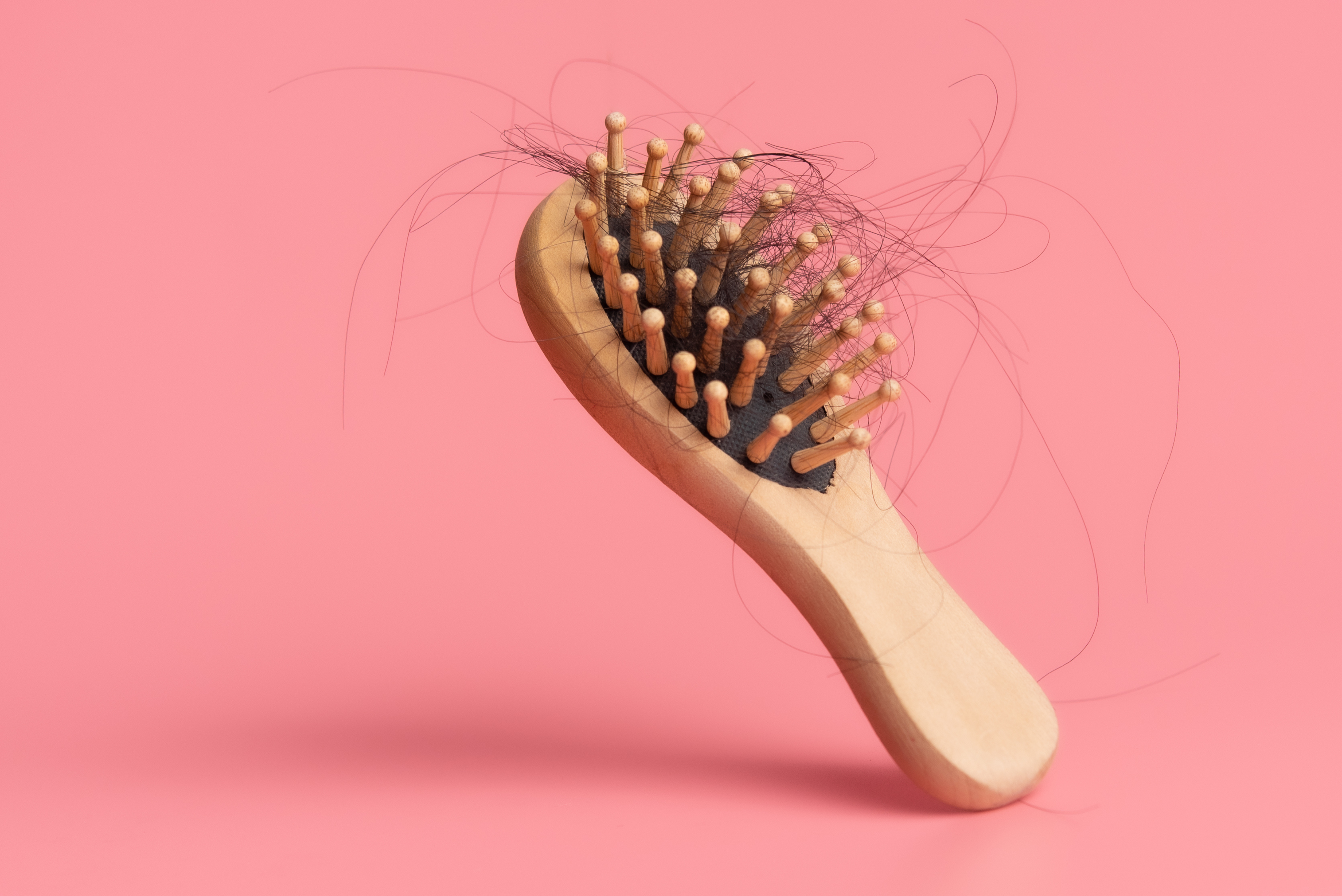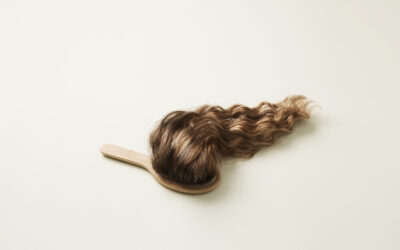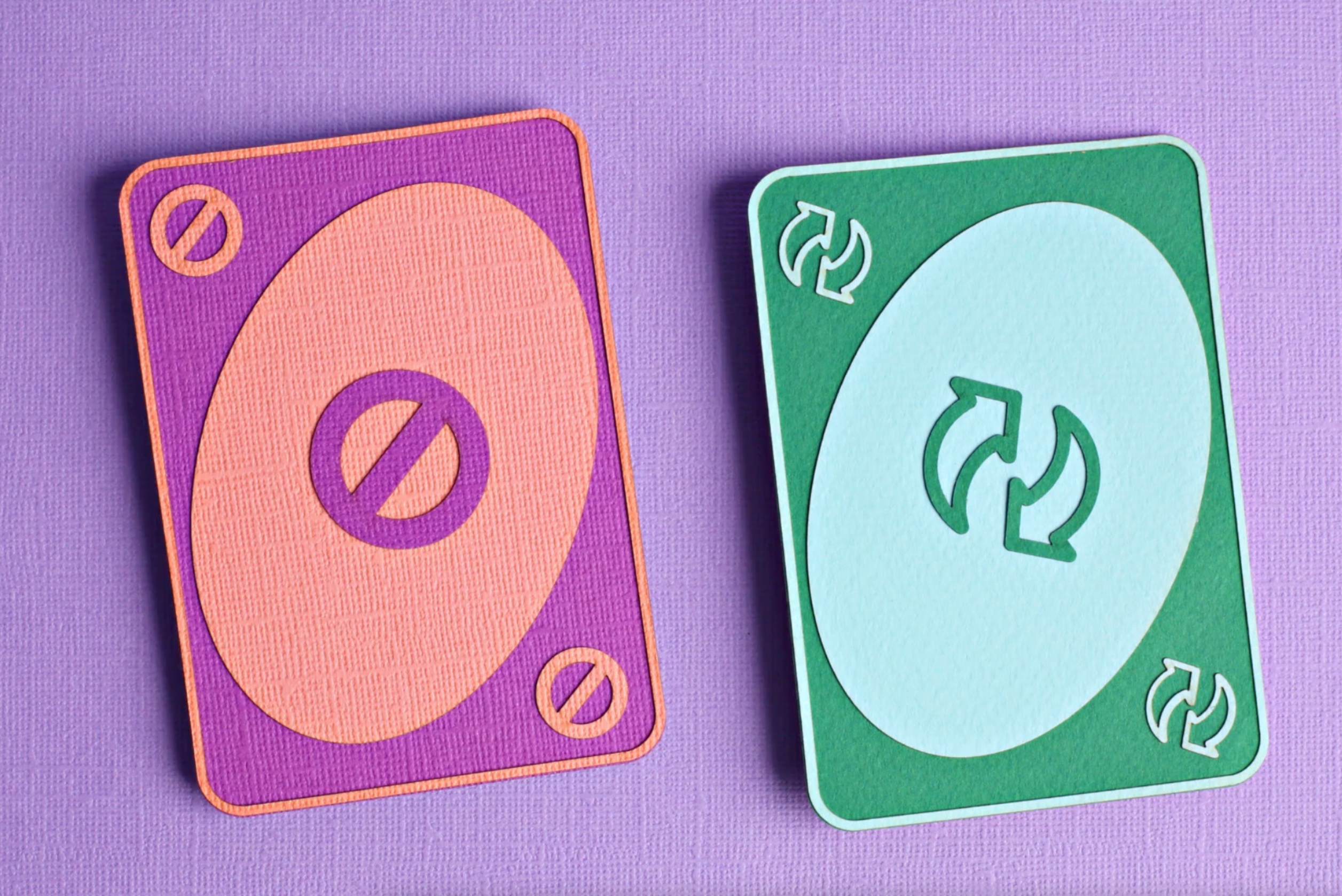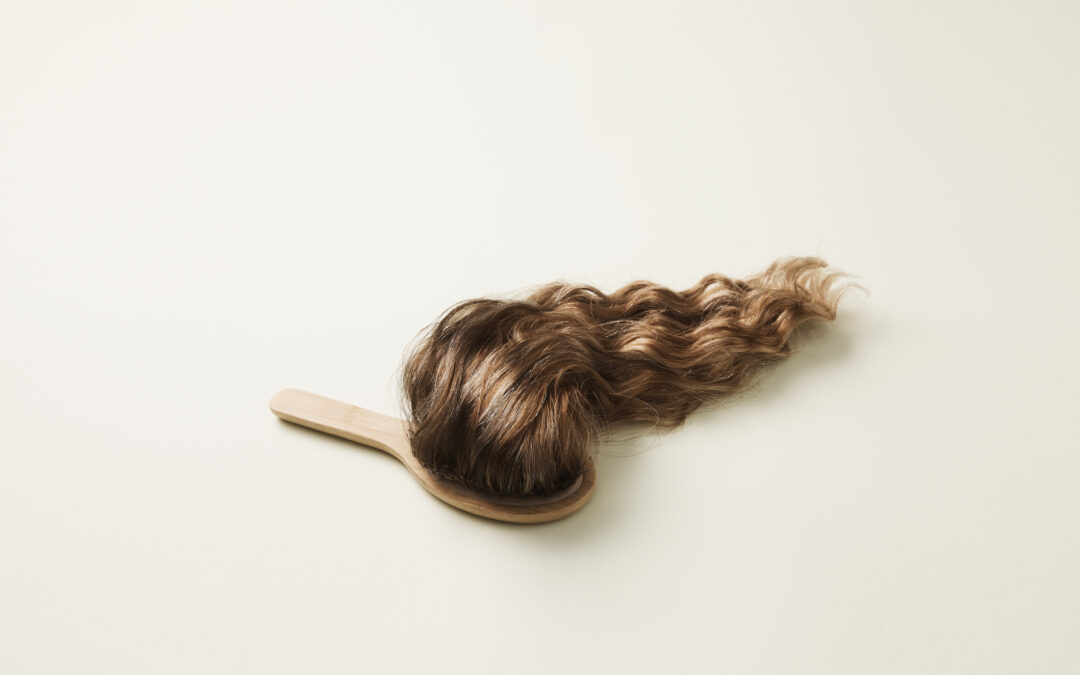Receding Hairline Vs. Maturing Hairline – Time for Caution?
Your hairline is the outermost part of your hair around your forehead. But it’s not a static thing. It moves and changes with age and a range of other factors.
When you’re a teenager, you have a head full of hair with a straight hairline low on the forehead and rounded edges. It’s called a juvenile hairline and both men and women have them.
But as time goes on, you start to notice a gradual retreat. Your hairline is changing. Moving. It’s enough to make your remaining hair stand on end.
Sometimes a receding hairline is nothing to worry about. It’s just the start of a natural mature hairline (something that happens to everyone). But sometimes, it can be an early sign of hair loss. So which is it?
Let’s look at the two side by side — mature hairline vs receding — and explore the telltale signs of each so you can take comfort or take action.
Because if it does turn out to be the early stages of male pattern baldness or women’s hair loss, there’s good news. You can stop it in its tracks.
Maturing Hairline
Most men and women lose their juvenile hairline. Once they hit their late teens, it starts to change, generally retreating to reveal more of your forehead.
Characteristics of a Mature Hairline
- The hairline retreat is subtle — at most it recedes an inch before stopping.
- The recession is generally even. Your hairline remains relatively straight.
- There may be a greater retreat at the temples, creating a subtle but defined V shape or widow’s peak.
- The hair growth around the hairline is as long and thick as the rest of your hair.
- There’s no other hair thinning across the scalp.
A maturing hairline is a normal part of growing up, on par with growing more body hair or developing a deeper voice.
It’s so slow that you probably won’t even notice it’s happening. And it stops, usually by the time you hit 30.
That’s the important part — the key difference between a maturing hairline and a receding one. A maturing hairline recedes and then stops. A receding hairline keeps going unless you intervene with a hair loss treatment.
What Causes a Maturing Hairline?
The big factor behind a maturing hairline is hormones. During puberty, hormones surge through your body.
One hormone in particular, the tongue-twisting dihydrotestosterone (DHT for short), is responsible for a whole range of pubescent changes in the body, including hair growth.
A certain amount of DHT in the body is natural. It’s the reason why your body starts to grow facial and body hair. But it also shrinks hair follicles.
This is natural and causes a mature hairline. But if your body produces too much DHT, it could tip the balance into a receding hairline and hair loss.
Other contributing factors may include an underlying condition, hormonal treatment, or medication.
Receding Hairline
A receding hairline usually starts at the temples. The hair’s uneven retreat is more pronounced than a maturing hairline. And it keeps going. Eventually, as the whole hairline recedes, the crown will also thin out.
Both men and women can experience a receding hairline, though it’s far more common in men.
Signs of a Receding Hairline
- There’s a defined peak in the middle of the hairline (think Dracula) and recession at the temples — an M-shaped hairline that’s often called a widow’s peak.
- You notice a substantial retreat, with the hairline receding several centimetres.
- Your hair around the receding hairline is thin and falls off easily — a sign of shrinking follicles.
- It can be accompanied by a thinning crown.
- You may notice more hair shedding than usual or irregular bald spots.
While a receding hairline can begin at the same time as a maturing hairline, it may not be a natural part of the maturing process. It could actually be the first sign of androgenetic alopecia, also called male pattern baldness.
What Causes a Receding Hairline?
A receding hairline is usually hereditary and most often happens when your body produces excess levels of DHT, which shrinks your hair follicles.
Since a receding hairline and further hair loss may also be a sign of an underlying condition, it’s best to talk to a doctor if you’re concerned about it.
Mature Hairline or Hair Loss? How to Tell if Your Hairline Is Receding
Here’s an easy way to tell if your hairline is receding or maturing.
Look in the mirror and raise your eyebrows.
If you can fit no more than a finger’s width in the space between your hairline and the highest wrinkle in your forehead (where your juvenile hairline used to be), you probably have a maturing hairline.
A maturing hairline normally stops there. If the hairline retreat keeps going, creating a space wider than a finger, you may have a receding hairline.
OK, if you want to get technical, a maturing hairline is a receding one. But that’s where the similarities end. Here are the essential differences between receding and maturing hairlines:
Mature hairline |
Receding hairline |
| Hairline is less than an inch above your juvenile hairline | Hairline is more than an inch above your juvenile hairline |
| Straight, even hairline (or subtle V shape) | Defined M shape (aka widow’s peak) |
| Recession is gradual and almost undetectable | Recession is fast and more noticeable |
| Hair on the hairline is thick and healthy | Lots of small fine hairs on the hairline |
| Hair starts to thin on crown | |
| Excess hair shedding |
You can also tell whether your hairline is maturing or receding based on the Hamilton-Norwood scale. That’s the classification system doctors use to track male hair regression.
If the chart looks familiar to you, it’s because our partner doctors use it to assess your state of hair loss when you fill out our online form to receive treatment.
At stages one and two, your hair shows little to no visible signs of thinning, though there may be mild receding. These are the stages of a maturing hairline.
Stage three and beyond represents a receding hairline, with noticeable recession creating an M or U shape at the temples, along with thinning hair.
If you do have a receding hairline, there’s good news. It can be reversed.
Start Your Hair Loss Treatment Now
A maturing hairline is nothing to worry about. It happens to almost everyone.
But there’s also nothing to worry about if you have a receding hairline. If you spot it early, it can be stopped and reversed.
The Hairy Pill® is a hair loss treatment for men and women, made specifically for your needs. Invented by world-renowned dermatologist Professor Rodney Sinclair, the underlying technology has been tested, patented, and clinically proven.
And the best bit? It’s just one pill, taken daily. It can be ordered from the comfort of your couch and delivered to your door. Start the treatment now.




